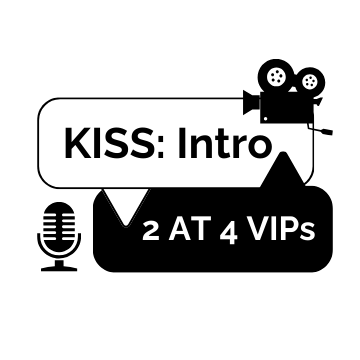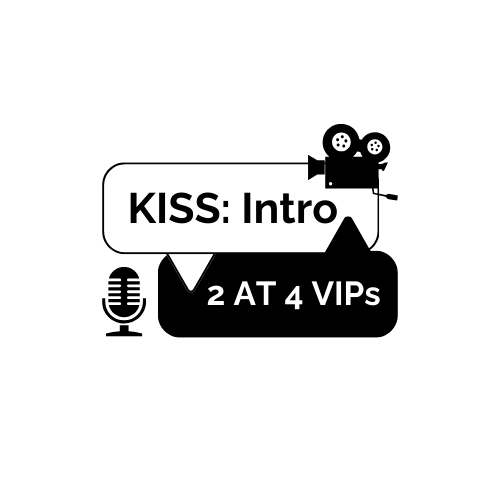With this handbook, together with the other deliverables, the partners of the project “Keep it short and simple: Introduction to assistive technology for visually impaired persons” within the Key Action KA210 – Adu, Erasmus+, aim to bring blind and partially sighted persons closer to the labour market.
To understand the origin of this handbook, it is important to know its context. Specifically, it is necessary to understand what Erasmus+ Cooperation Partnerships projects are, in our case, small-scale KA210 for Adult Education. These projects aim to create links between organisations from different European countries which, by joining together, generate tools and resources within their professional field, in our case, the field of disability. These tools and resources can be shared and used by individuals or organisations to improve their work performance, thus enhancing their competences and enriching their resources.
The coordinating association of this project is CABPS, the Split County Association of Blind People, Croatia. It is an NGO founded in 1951 with more than 320 members. It works towards an accessible and inclusive society with equal opportunities for blind persons to participate fully in all aspects of social, economic, cultural, and political life. With this extensive experience, CABPS presents the above-mentioned project (from now on KISS), to take advantage of the opportunities provided by Erasmus+ projects. CABPS created a consortium with two other European countries, i.e., Spain and Slovenia, with experience in career guidance for persons with disabilities, by Formación Inclusiva, the Spanish partner, and significant experience in the care of persons with visual impairment by MDSS, the Slovenian partner. The three European organisations have created a multidisciplinary team to develop the resources and materials for this project. These materials include the handbook presented here and a series of videos with short lessons on the use of assistive technology devices for visually impaired persons to help them in their job search.
The primary target group of this project are blind and partially sighted persons aged 18-60 who wish to improve their digital skills and competencies using informal methods of education and training. All intellectual outputs of this project will be available free of charge for blind and partially sighted persons even after the implementation of the project activities.
Assistive technology devices are available on the market; however, due to the lack of professional educational staff, PWDs (Persons with Disabilities) cannot get institutionalized support while learning to use new technologies that make it much easier for them to perform their work tasks. All materials are carefully created and adapted for the use of PWDs. Blind persons and educators with visual impairments have been involved in creating content for the digital handbook and OER (Open Educational Resources) with video lessons, so that they can motivate other PWDs to use new assistive technology devices by their example.
Another group that will benefit from the results of this project includes family members, friends, and colleagues of visually impaired persons. Additionally, educators, teachers, social workers, pedagogues, psychologists, employees of civil society organizations, staff of educational institutions, care centres, and social enterprises, all of whom encounter visually impaired persons in their work but are not trained to help and support blind and partially sighted persons, will also benefit. This group also includes journalists, media, public policy representatives, and other stakeholders who will report on the project through advocacy and visibility channels.
Finally, project team members, employees, and volunteers from partner organizations will have the opportunity to improve their competencies during the implementation of this project. Project cycle management, digital skills, presentation skills, team communication, communication in English, literacy skills, and critical thinking are some of the skills that the consortium members will reinforce in their daily work. The activities will bring together a total of 9 team members, of which at least 5 will be blind or visually impaired, who will be responsible for creating and presenting content, recording video lessons, preparing articles for publication in the handbook, and translating text materials from English into national languages. Employing PWDs in this project adds value and serves as an example of good practice in the EU.
This handbook has been substantiated, and we are going to set out its contents:
Introduction
Chapter 1: ANALYZING STATISTICAL DATA ON EMPLOYMENT OF VISUALLY IMPAIRED PERSONS
In this Chapter, the partners compare the data obtained from both the member countries of this consortium and the rest of the European Union to objectively determine the current situation of visually impaired persons in the labour market.
Chapter 2: TOOLS AND TECHNIQUES FOR ENTERING THE LABOUR MARKET
This Chapter includes tools such as CVs, cover letters, self-candidature, job interviews, etc.
Chapter 3: ACQUIRING COMPETENCIES THROUGH EU TOOLS FOR ADULT AND INFORMAL EDUCATION
This Chapter involves the use of EU tools for adult and informal education.
Chapter 4: ENHANCING EMPLOYMENT OPPORTUNITIES FOR VISUALLY IMPAIRED PERSONS: TRADITIONAL AND MODERN PROFESSIONS
In this chapter, the partners provide a list of jobs for visually impaired persons to adapt training and employment strategies to these job opportunities.
CONCLUSION
By way of summary, the partners extracted the most relevant information and offered the final and most important tips and advice related to the employment of visually impaired persons.
USEFUL LINKS AND RESOURCES
Stay tuned for the publication of the Handbook in September!

 Erasmus+ KA210-ADU project
Erasmus+ KA210-ADU project